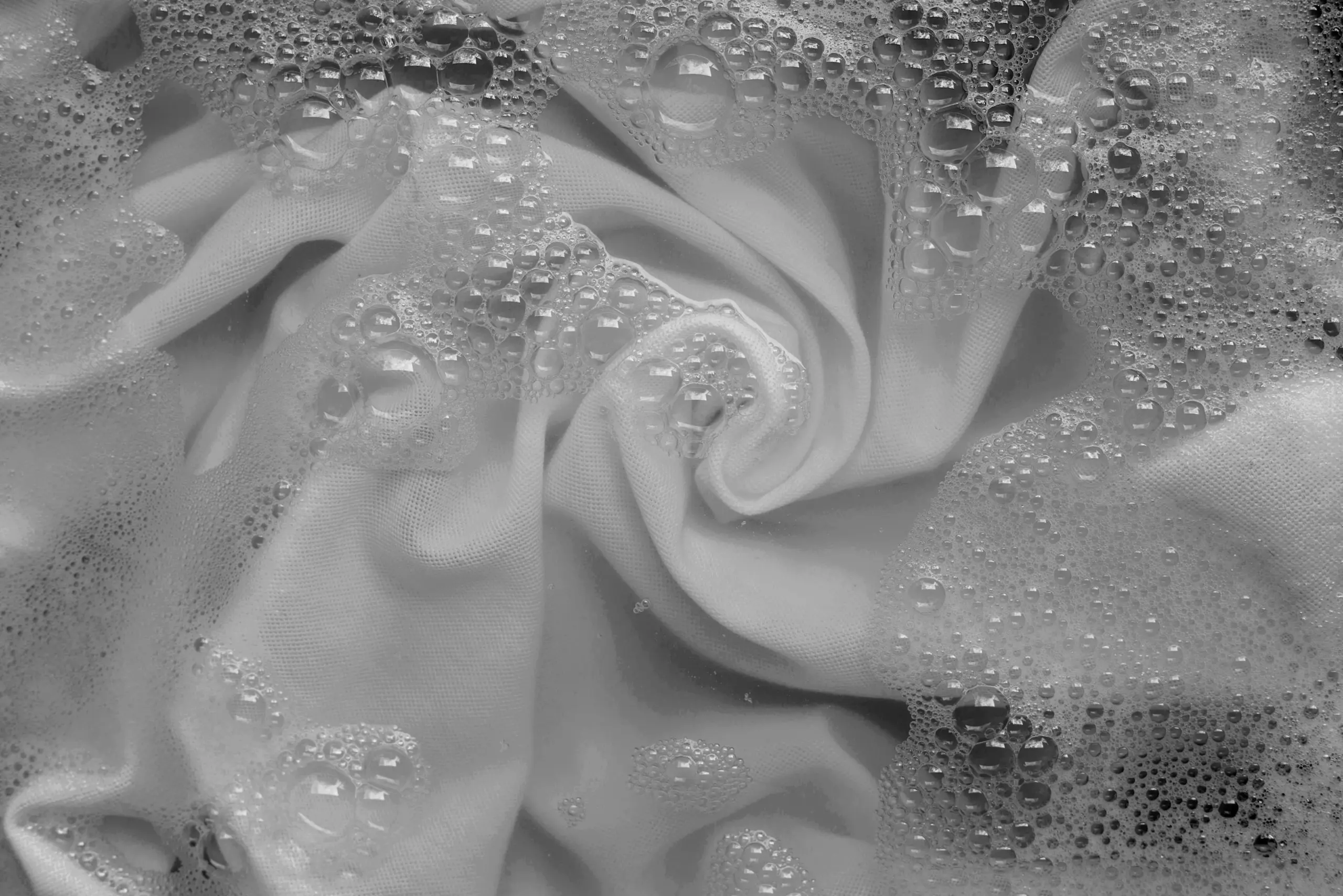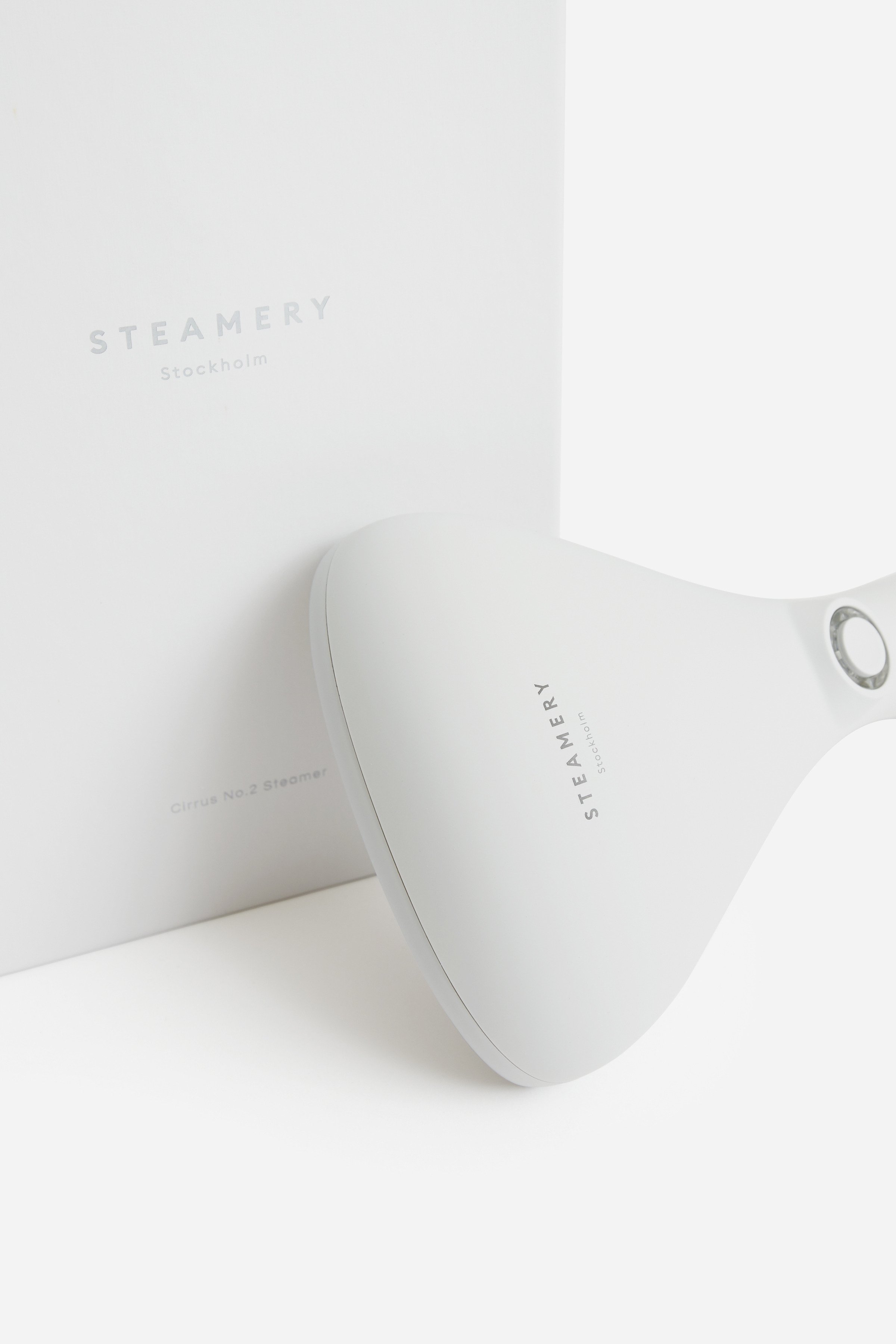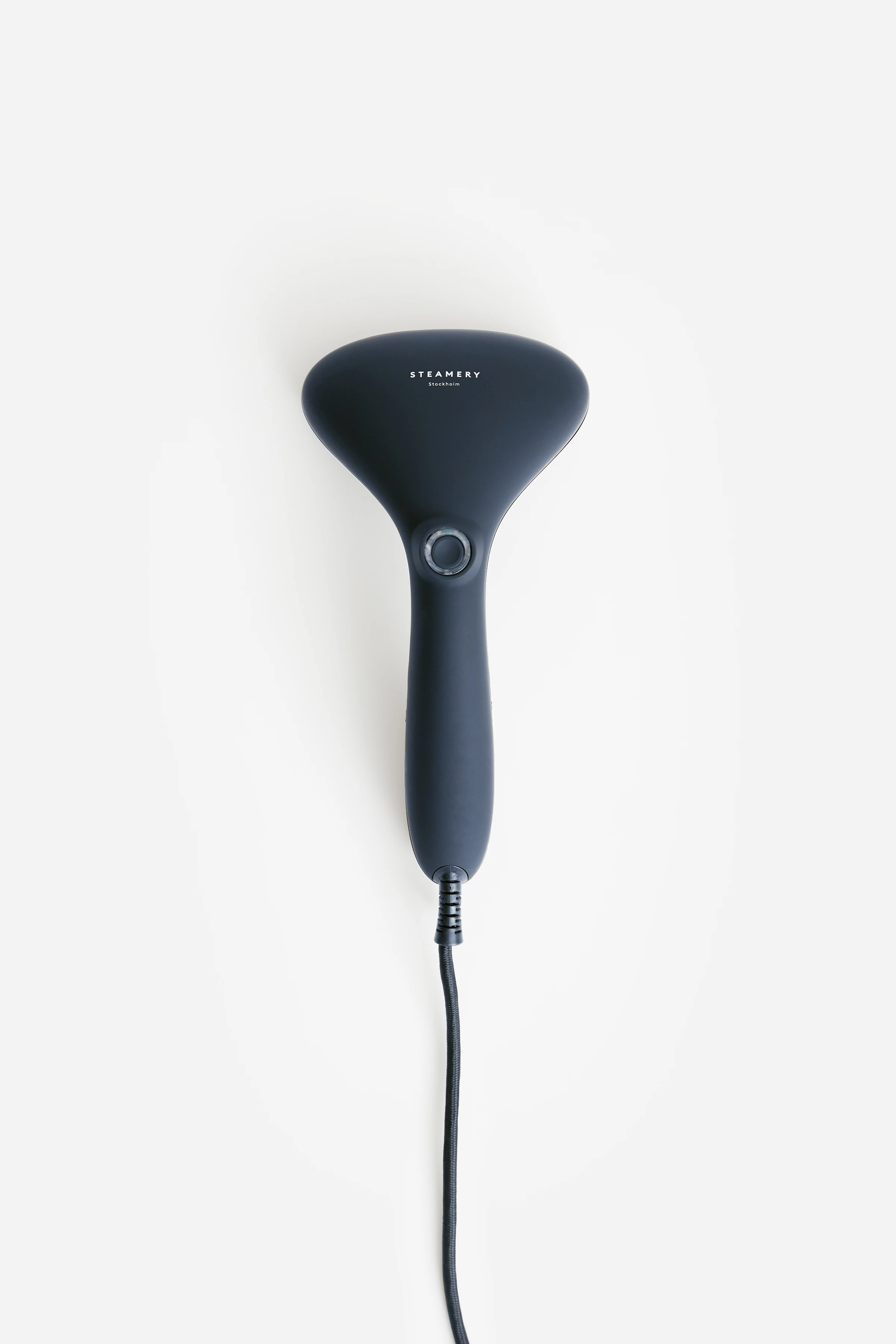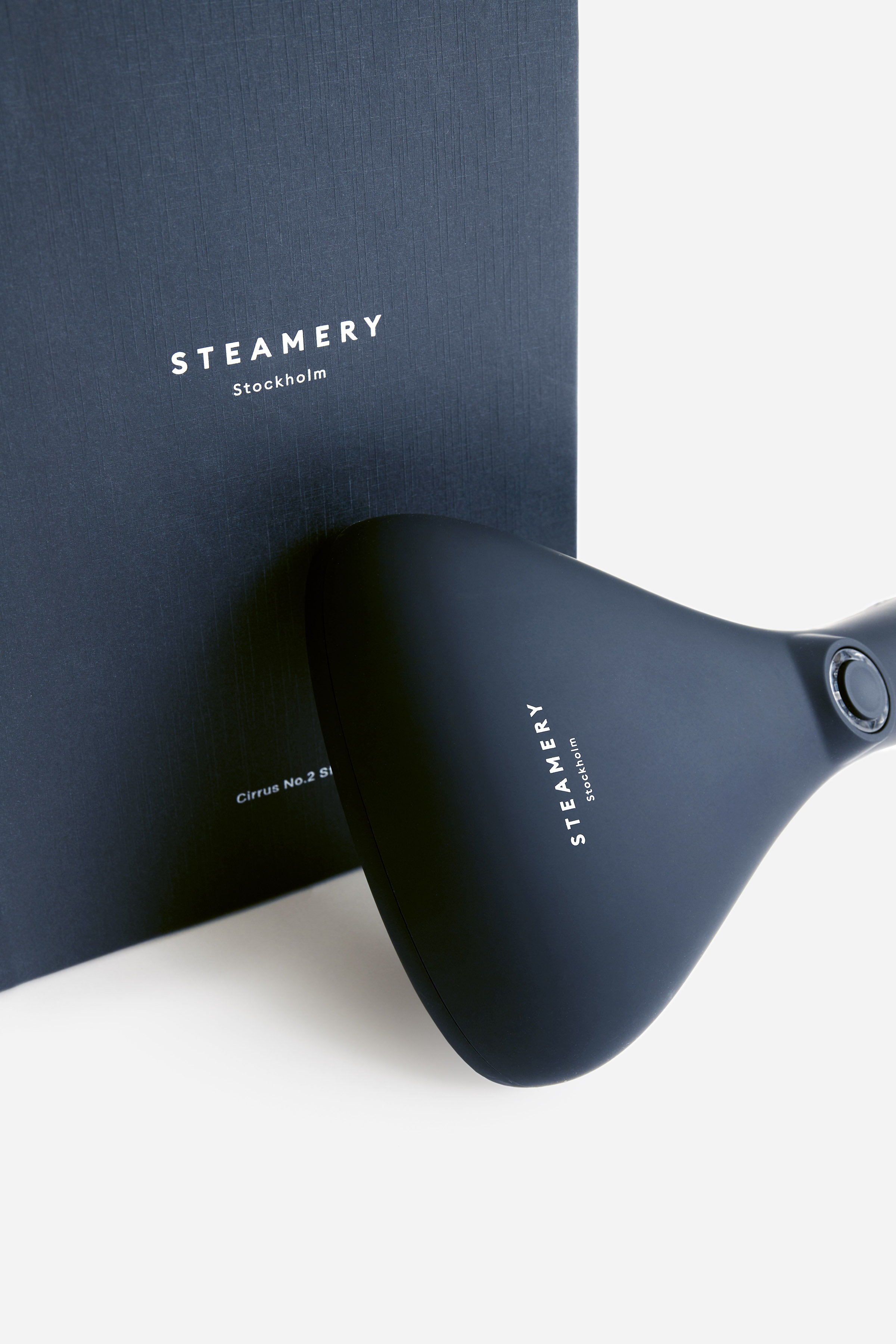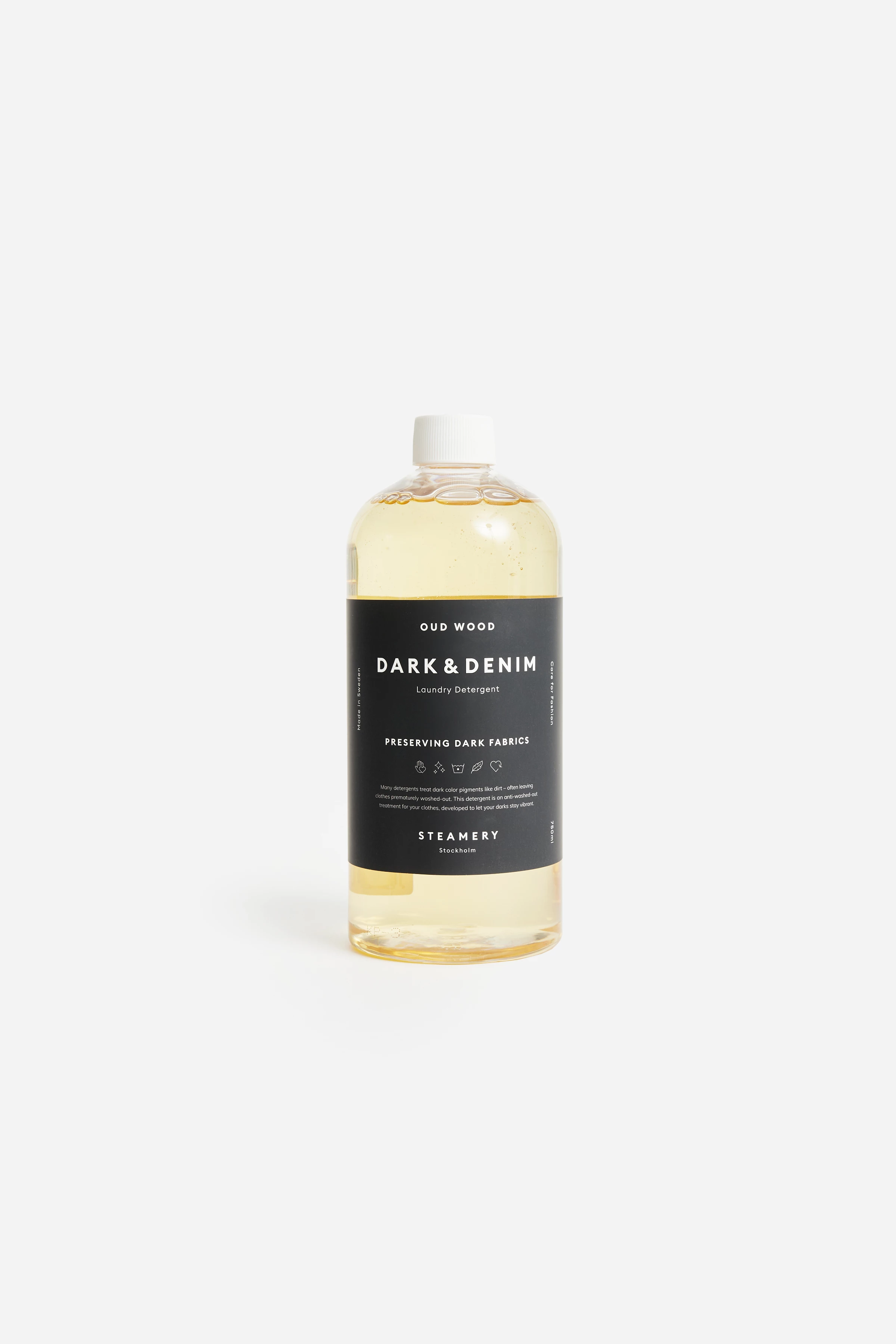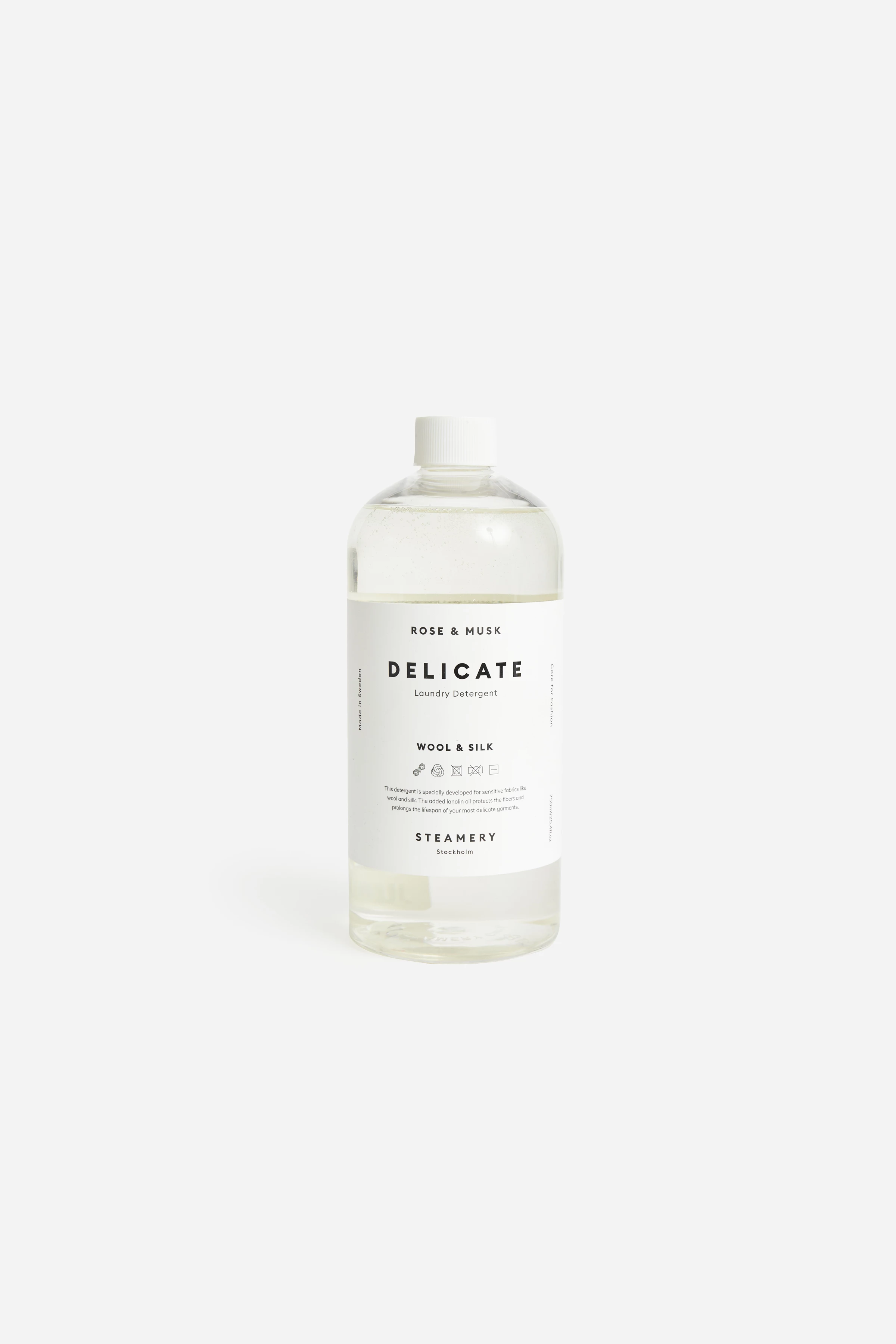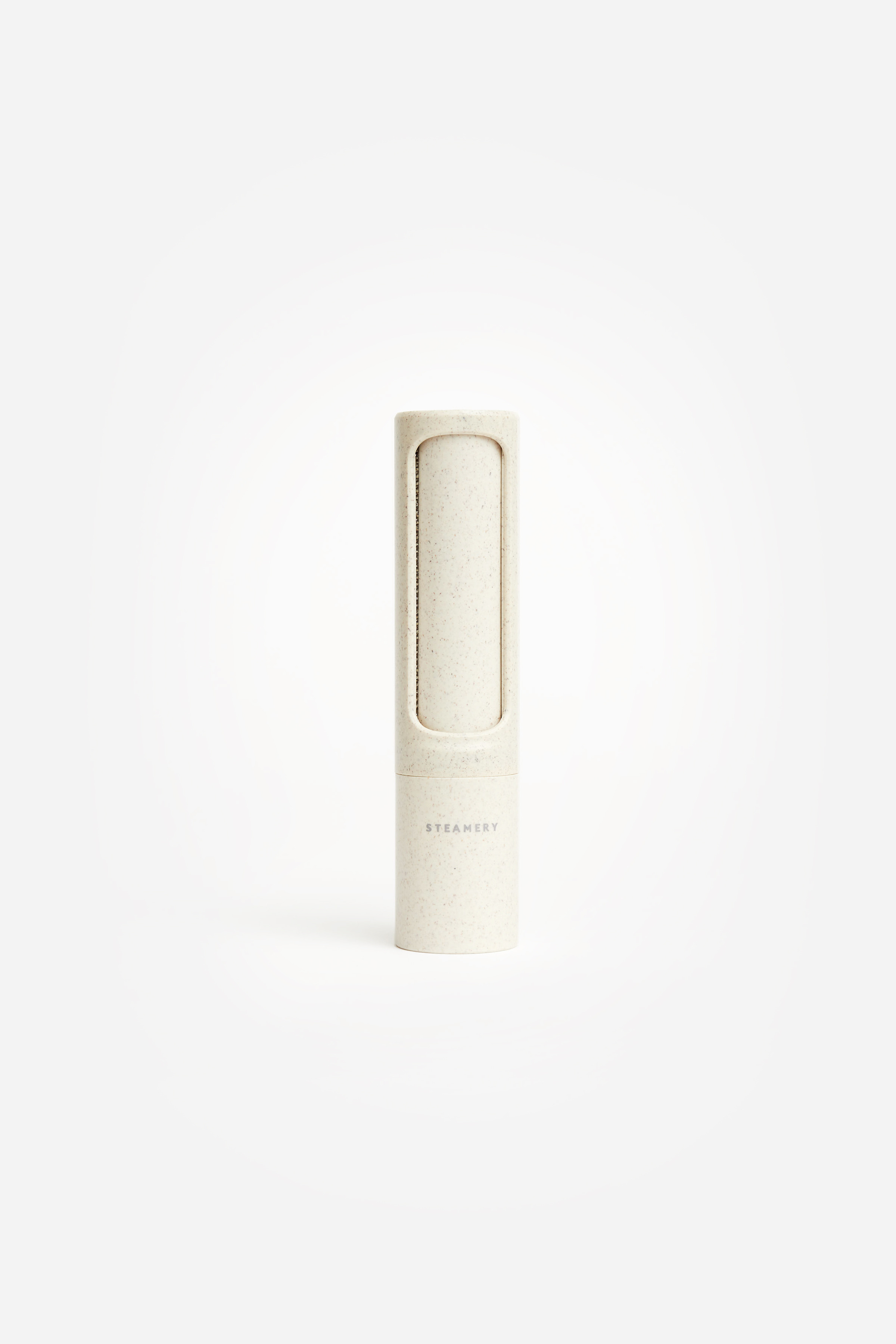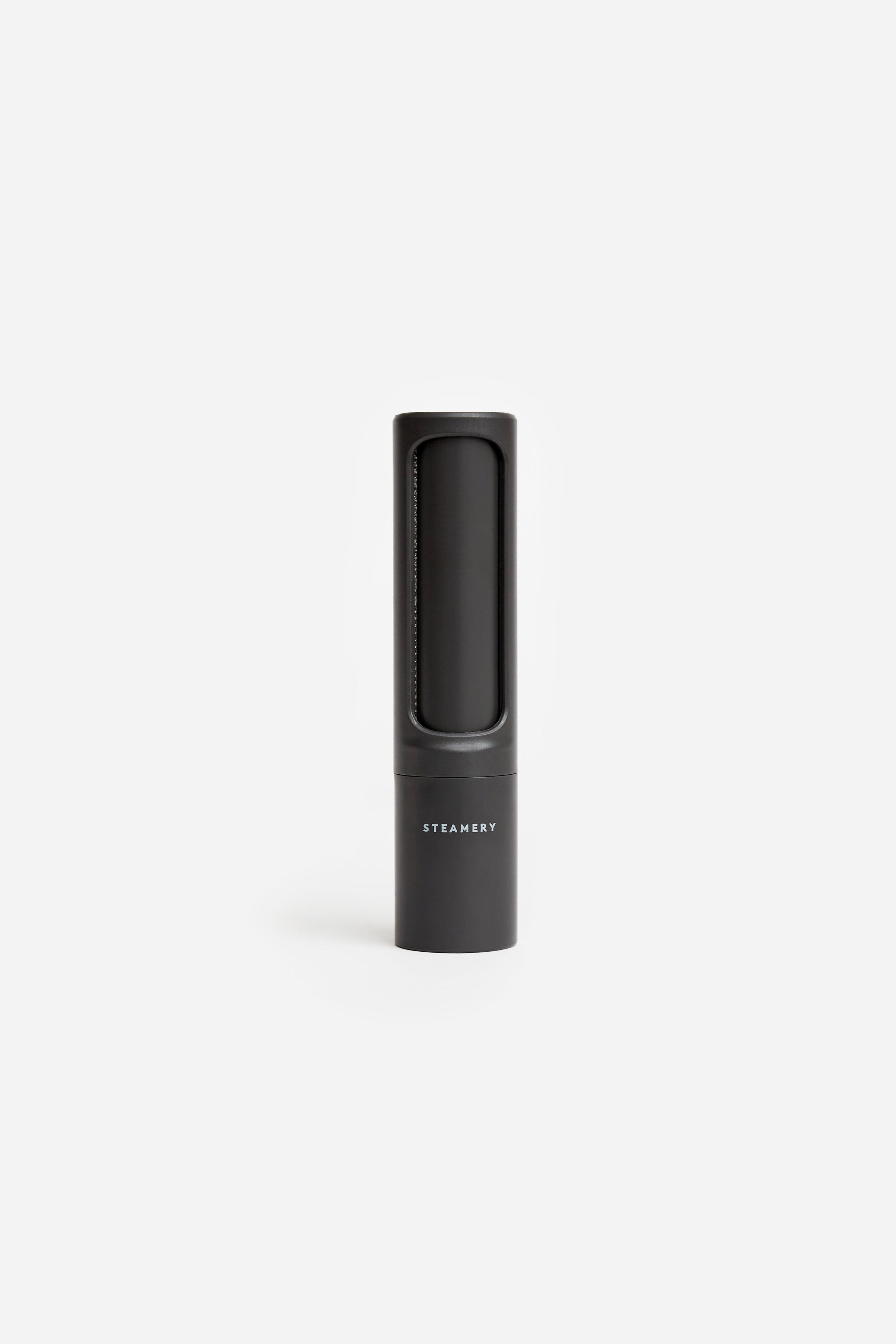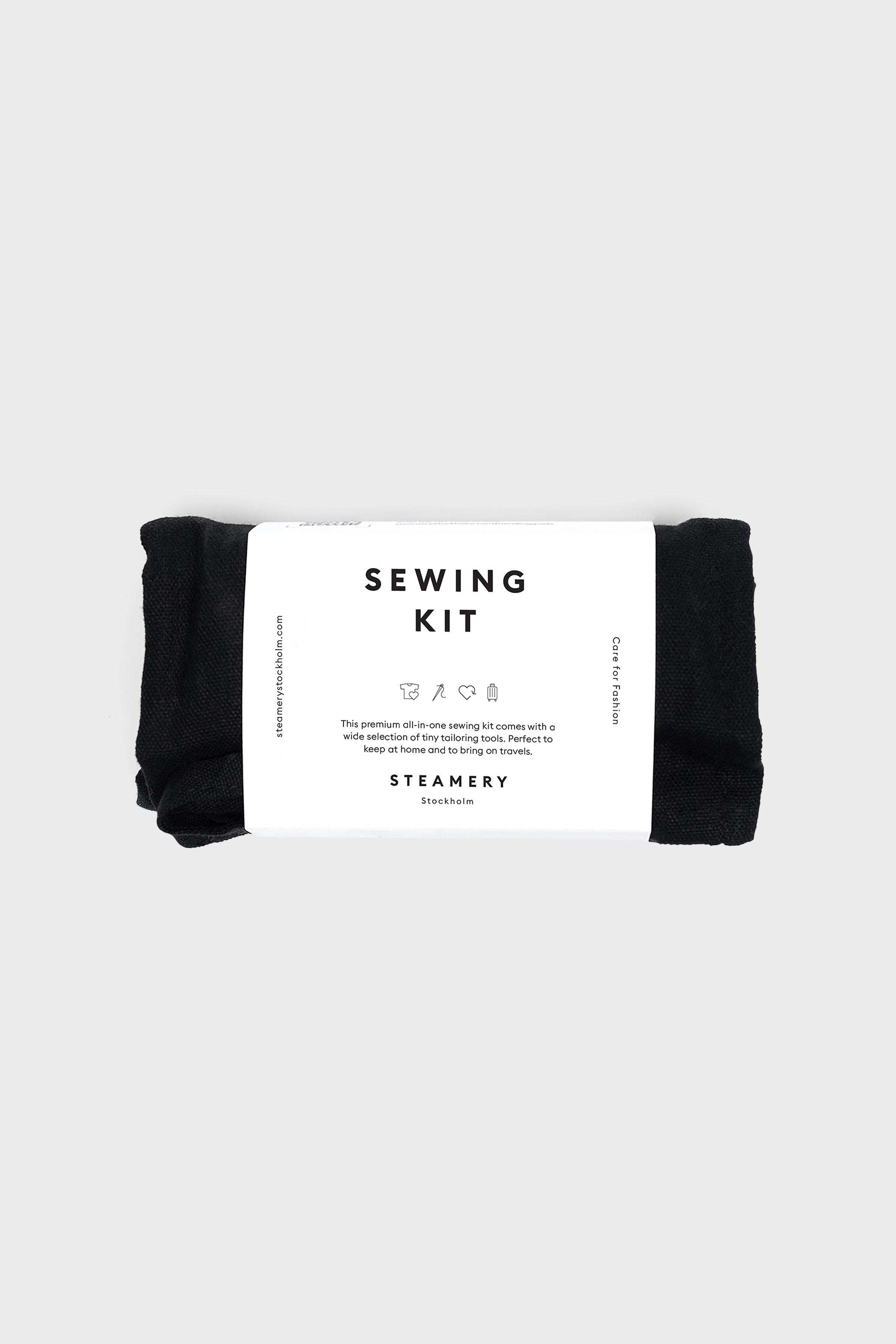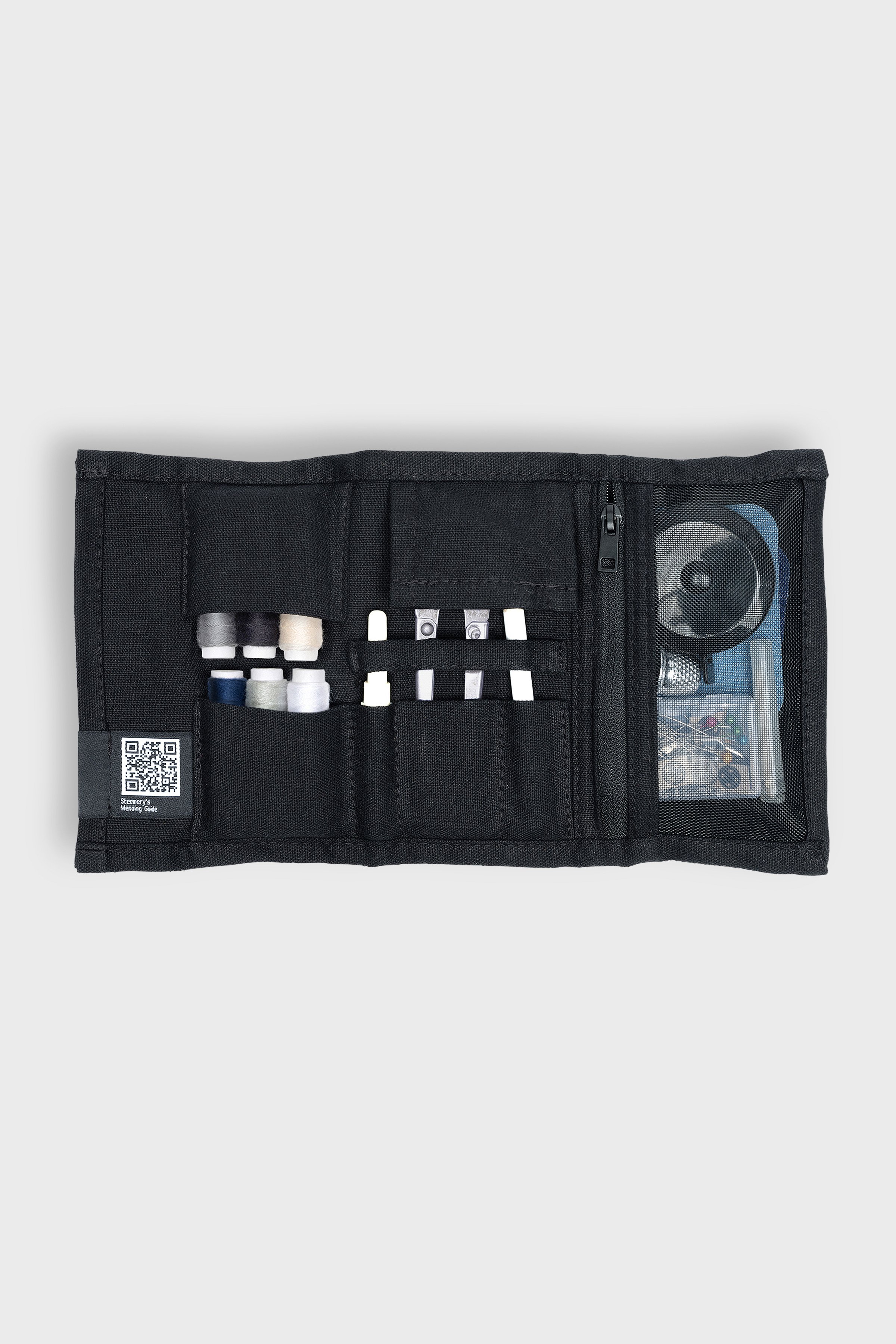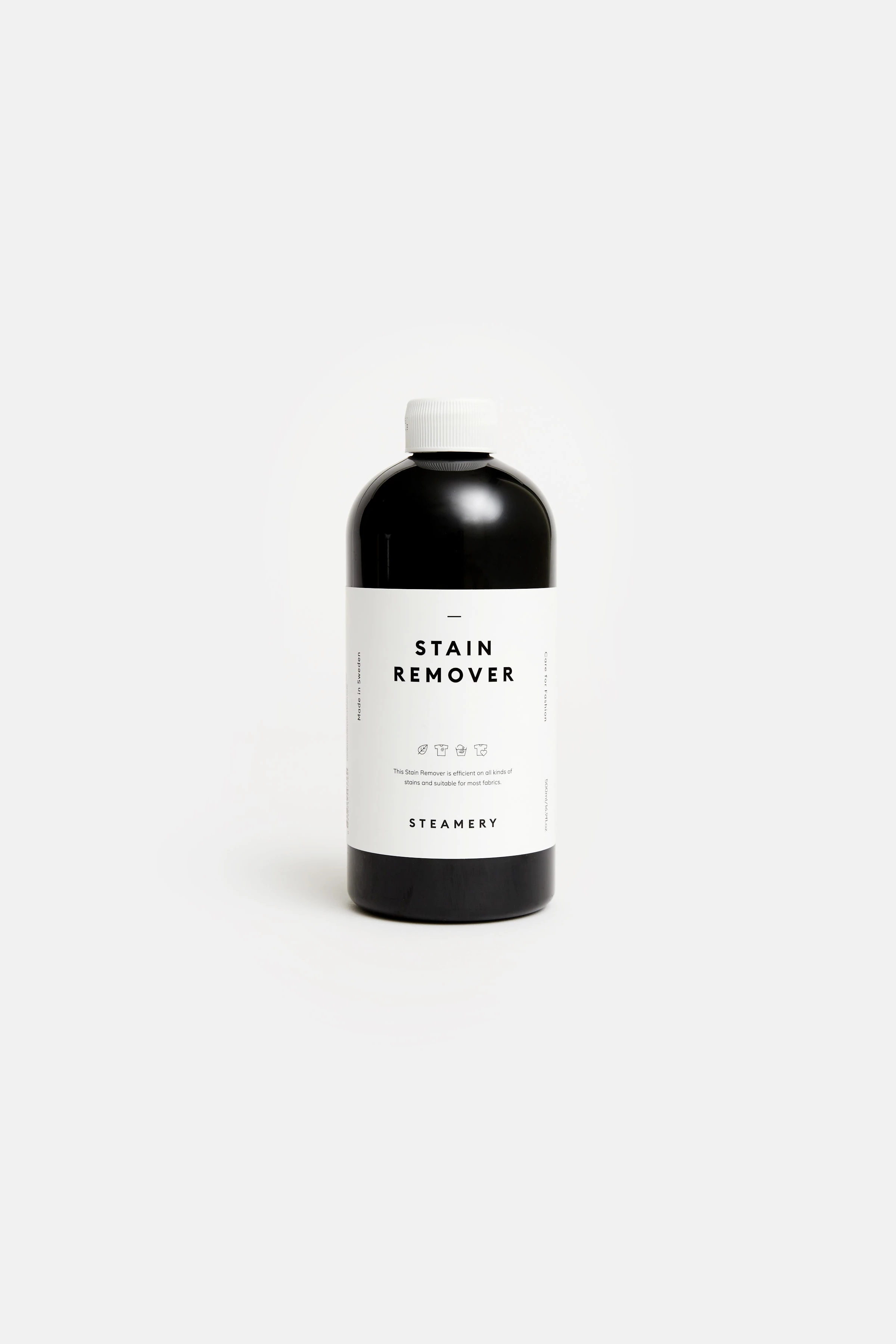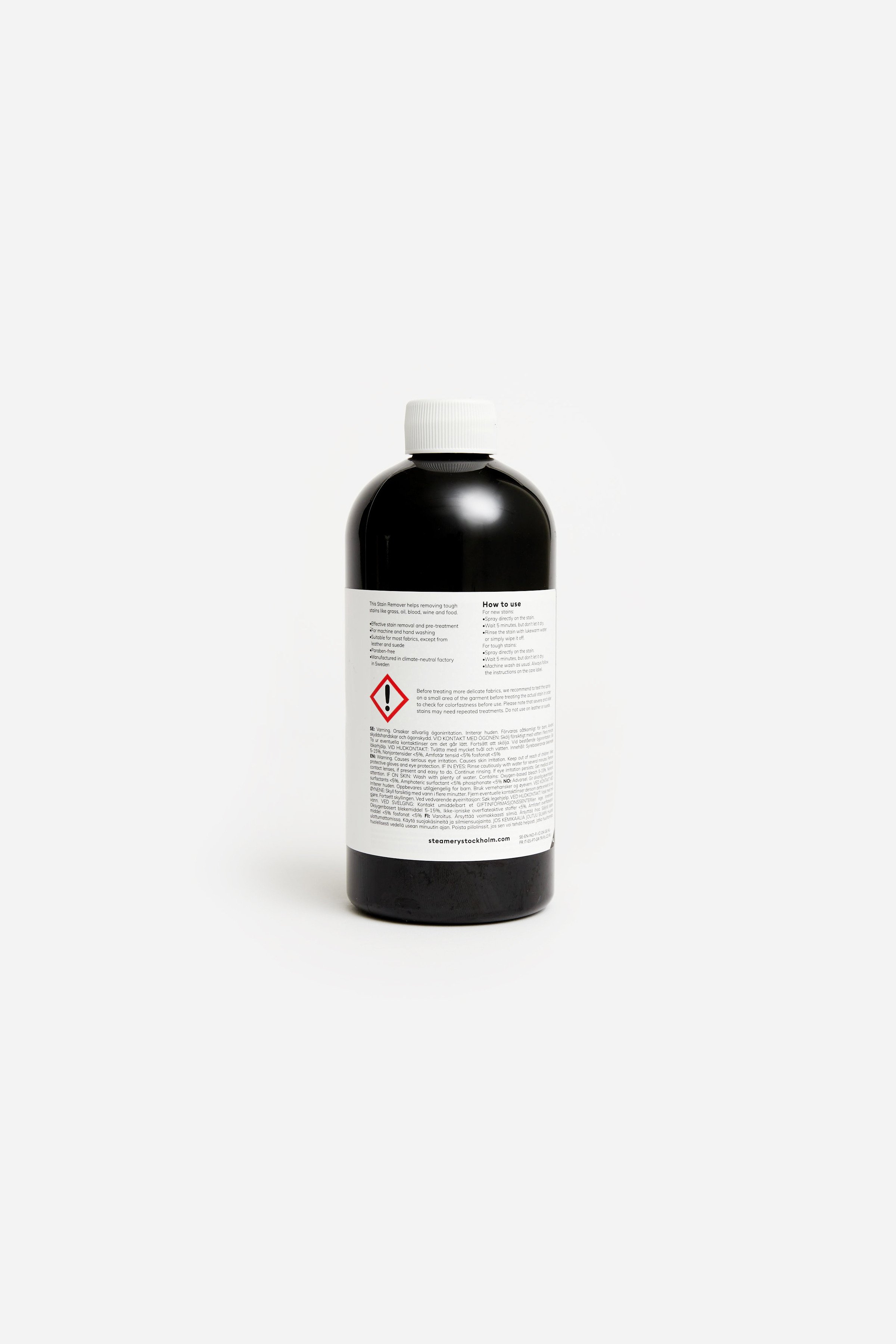Best practices
You already know that it's better to wash and clean less. Less washing and cleaning has multiple benefits, including water, energy, and chemical savings, as well as reduced wear and tear on your clothes. It also means less work for you.
Still, we encourage you to explore our care checklist for valuable tips on making a difference in your routine.
Read and follow care labels
Always read and follow the care instructions on the care labels. The care label provides valuable information on how to properly care for your clothes, such as the recommended washing temperature, special care instructions or whether dry cleaning is required. By leaving the label intact, you can ensure that you take the best care of your clothes and preserve their quality over time. We know it can be annoying sometimes, but we still want to convince you not to cut off the tag.
Wash only when necessary
Avoid washing your clothes after every wear. Many garments, such as jeans and sweaters, can be worn multiple times before requiring washing. It is sufficient to occasionally air them out. If that's not enough for you, you can treat it with hot steam. Steam reduces odors, surface dirt and bacteria. Our recommended CIRRUS NO 2 STEAMER is perfect for this. If you have a stain, try to remove it before you turn on the washing machine. Steamery's STAIN REMOVER can be of great help (pay attention to the instructions).
Using the right detergent and less of it
With the right detergent, colors stay bright and fibers new-looking for longer. For delicate fabrics such as wool and fine hair, we recommend using an enzyme-free detergent that does not dry them out. The Steamery DELICATE LAUNDRY DETERGENT is a great choice here. When dealing with dark garments and denim, it is important to fix the color. We warmly recommend the DARK AND DENIM DETERGENT, which was specially developed for these textiles. You should not use heavy-duty detergents for colored clothing, as they contain bleaching agents and can damage the color pigments. Use color detergents instead. It is also advisable to separate dark colored laundry from light colors. When dosing the detergent, keep in mind that more detergent does not mean better washing results, but only leads to heavier pollution of the environment.
Use cold water
If possible, wash your clothes in cold water. Cold water helps conserve energy and prevents color fading and shrinking. Long washing programs at low temperatures are energy-efficient and gentle on your clothing. The average washing temperature ranges from 30 to 60 degrees. If you have fewer items to wash at 60 degrees, it is recommended to wash at this temperature at least once or twice a month using a heavy-duty detergent (powder). This practice is particularly suitable for white towels and will avoid germ formation in your washing machine.
Steaming or ironing or nothing
If you'd rather do anything other than iron, then here are a few tips on how you can make it easier for yourself. Wash with fewer spin cycles, remove your laundry from the drum immediately after the wash cycle and gently shape them before drying. Hanging your shirts on a hanger allows them to stretch naturally, smoothing out any wrinkles or creases as they dry. If necessary, steam instead of ironing. Steaming is much more gentle for textiles than classic ironing. We recommend the CIRRUS NO 2 STEAMER.
Or just skip it and don't iron at all, it certainly saves the most energy.
Proper storage
Store your clothes in a clean and dry environment. Don't press your clothes too tight, that will cause creases. Knitwear made of wool or fine hair should always be carefully folded and not stored on a hanger. Particularly sensitive materials such as viscose or cupro should always be stored hanging, otherwise they will cause unnecessary pressure points and creases. The use of proper shape-retaining hangers for coats and suits is essential to preserve the shape (especially shoulder) that could otherwise be damaged beyond repair. Garments that you rarely wear can be stored in a garment bag to protect them from sunlight, dust and pests. Cedar wood or lavender not only give your textiles a pleasantly delicate smell, they also help to protect them from moth infestation.
Care symbols and instructions
The golden rule is: pay attention to the care label when washing. To help you a little when reading a care label, we put together an overview of the most important care instructions:
| 3 | 30 °C Normal wash |
| b | 30 °C Mild fine wash |
| 4 | 40 °C Normal wash |
| 5 | 40 °C Mild fine wash |
| e | 40 °C Very mild wash |
| h | Hand wash |
| n | Do not wash |
| y | Do not tumble dry |
| x | Normal drying process |
| z | Mild drying processes |
| I | Do not bleach |
| t | Do not iron |
| q | Do not iron hot |
| r | Iron moderately hot |
| s | Iron hot |
| p | Professional dry-cleaning (Perchloroethylene) |
| P | Mild professional dry-cleaning (Perchloroethylene) |
| w | Professional wet-cleaning |
| W | Mild professional wet-cleaning |
| k | Do not dry clean |
Garment care
What is the best way to care for wool? What does your suit need to keep its shape? With our garment care manual, you find the most important basics for the correct care of special materials and garments in one place.
Hand wash
Delicate products such as wool should usually be washed by hand. Luckily, hand washing is a meditative, uncomplicated task!
You will need
Hand washing is no wizardry, and you certainly have the most important tools for it at home:
- a large bowl or bucket
- a gentle detergent
- lukewarm water (approx. 30 °C or less)
How to hand wash
- Dissolve the recommended amount of a suitable detergent in lukewarm water.
- Soak your garment completely and knead it gently for 1-2 minutes.
- Then leave it to rest in the washing solution for about 10 minutes.
- Take the piece out. Replace the dirty water with clean water and rinse the detergent residue out of your garment.
- Gently squeeze the water out of the garment by wrapping it in a towel. However, never twist it or wring it out!
- Lay the piece flat to air dry, either on a fresh towel or on a drying rack
Special case: Cold wash
Cold washing means (hand) washing with water that is no more than 20°C cold.
A little tip: If you set your tap to the maximum cold setting, the average temperature of your tap water is usually 15 – 20°C.
Your laundry machine’s hand wash setting
You can certainly use your machine's hand wash program if an item of clothing is marked as hand wash. However, we cannot guarantee that the garment will survive the wash cycle undamaged and therefore recommend a proper hand wash for such items.
SIGN UP FOR OUR NEWSLETTER
Sign up for our newsletter and enjoy 10% off your first order.
Get inspired and receive all information about promotions and news about DRYKORN.



















